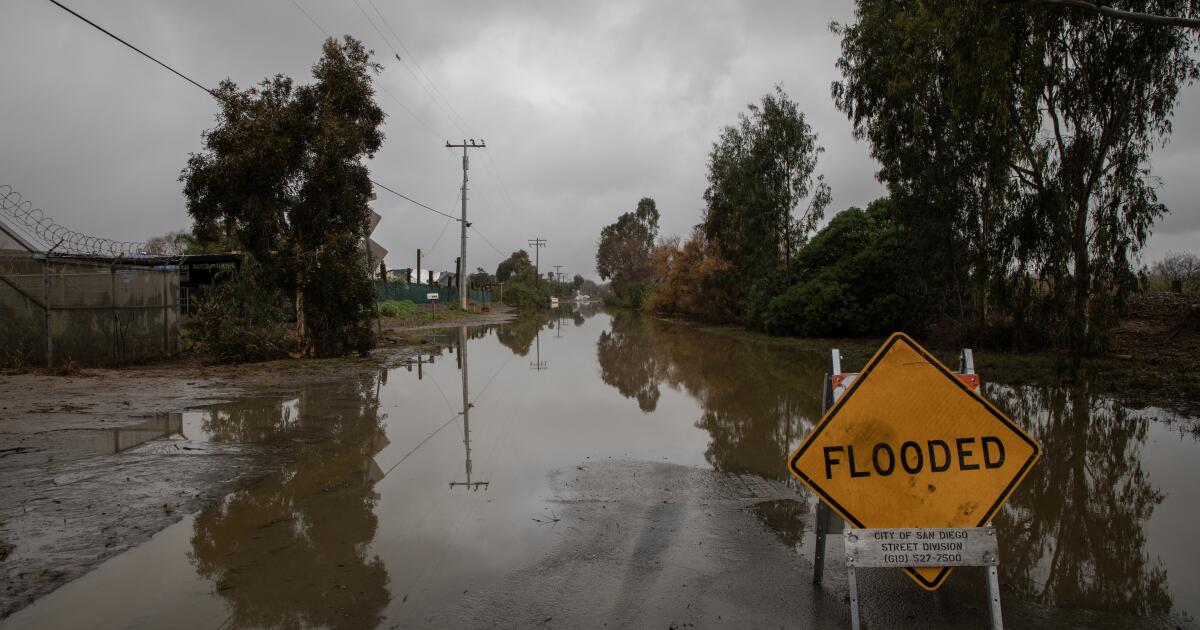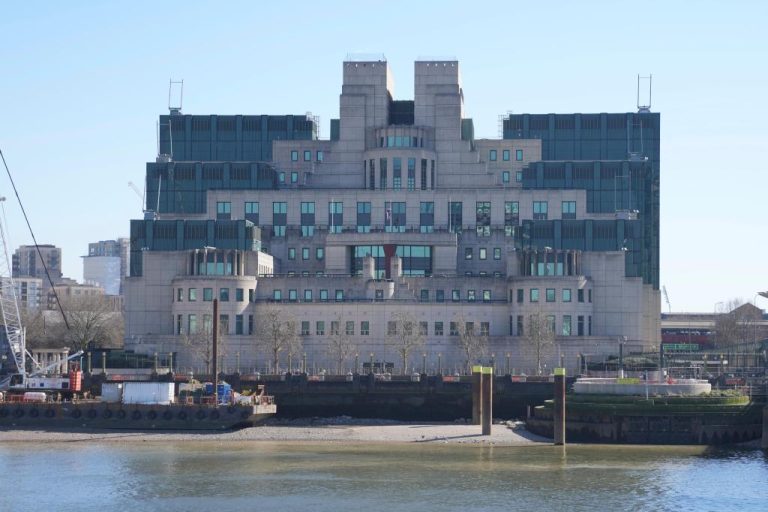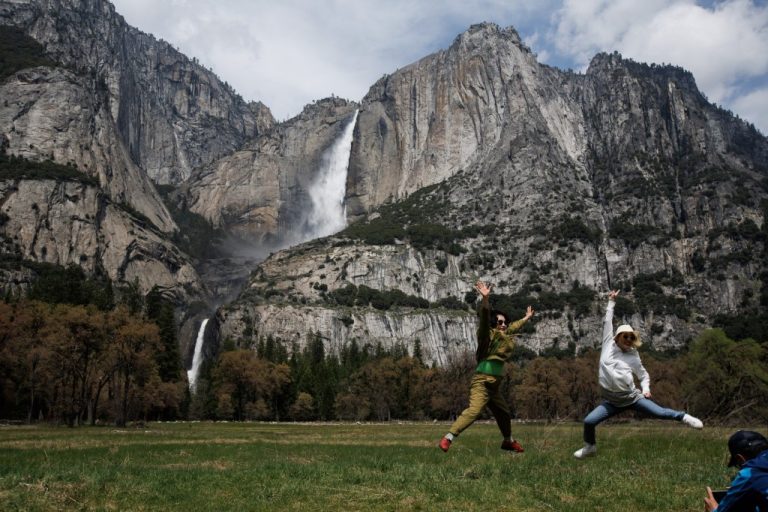

San Diego has less than a quarter of the money it needs to complete crucial taxpayer-funded infrastructure projects planned during the next five years, a new report shows.
City officials estimate they will have $1.5 billion to tackle $6.29 billion in projects — leaving yawning funding gaps in areas like flood control, road paving, parks, streetlights and firefighting facilities.
The shortfall for flood control upgrades and other storm water projects is $1.6 billion, a gap city officials say they must shrink in the wake of recent severe flooding in some southern neighborhoods.
Other particularly large shortfalls include a need for another $989 million for road paving, $801 million for parks, $427 million for streetlights and $235 million for firefighting facilities, including new stations and a new training center.
Other areas with smaller but still substantial shortfalls include building renovations at $140 million, bridges at $118 million, bicycle lanes at $103 million, sidewalks at $88 million and libraries at $37 million.
The gaps are part of an overall infrastructure funding deficit of $4.81 billion — the second largest in city history. That gap is based on total projected needs of $9.25 billion during the next five years, versus total projected funding of $4.44 billion.
But city officials decided for the first time this year to also calculate an alternate estimate of the infrastructure gap that doesn’t factor in water and sewer projects, under the rationale that adequate funding for those projects is guaranteed.
That’s because the city raises fees paid by sewer and water customers to cover those projects, which include the Pure Water sewage recycling system and upgrades needed to several city dams.
The overall infrastructure funding shortfall surpassed $5 billion for the first time last winter, so the $4.81 billion gap detailed in the 45-page report marks a 7 percent drop.
But city officials said that’s not an indication that they are making progress toward closing the gap. The decrease is primarily because projects that won’t be completed within five years have been removed from the analysis.
“I don’t want someone looking at this to celebrate that somehow our needs have decreased, because they haven’t,” Councilmember Kent Lee said when the council’s infrastructure committee discussed the report Jan. 24. “It’s just that how we’re mapping out and understanding those needs is shifting.”
The report also includes, for the first time, money the city plans to borrow to pay for projects. That accounts for $659 million of the $4.44 billion estimated to be available for projects.
The gap has more than doubled in recent years because of several factors, including new state mandates, surging costs for materials and labor and the city comprehensively assessing all its assets in recent years.
“We are seeing increased design and construction costs as the industry pushes its resource limits in both labor and materials,” said Caryn McGriff, assistant director of the city’s Engineering and Capital Projects Department.
McGriff said San Diego faces a more severe infrastructure problem than many other cities because its largest population boom was in the 1950s and 1960s. “Our city is aging and, as a result of periodic population booms in the past, we have more infrastructure reaching the end of its useful life,” she said.
There are also new earthquake standards and other regulatory requirements kicking in.
“Not only are we replacing more, but we are replacing more to a higher standard and with a focus on the future,” McGriff said.
Councilmember Joe LaCava praised city officials for being transparent about the infrastructure funding crisis.
“I’m very proud of the city taking the pivot and saying, ‘It’s not a pretty picture, but we need to be very candid about where we stand,’” he said.
LaCava said flood prevention and stormwater projects have been neglected because they provide less immediate and tangible impact compared to new parks and libraries.
The report doesn’t include some infrastructure expenses the city is facing. That’s because officials said it was difficult to provide solid estimates for projects the city doesn’t typically tackle, such as securing eroding bluffs and fighting sea-level rise.
Other projects not included in the report include creating a new City Hall, a waterfront convention center expansion, restoring marshland in Mission Bay Park and expanding the city’s Chollas Operations Yard to host in-house paving crews.
Some critics say the report should also include the significant amount of new infrastructure the city will need to support all the high-density housing it’s encouraging developers to build with incentives and looser regulations.
One positive note in the report is that state and federal grants the city has secured for infrastructure projects will rise to $100 million during the ongoing fiscal year, more than double what the city typically gets.
The report is scheduled for discussion next Monday by the full City Council. An analysis by the city’s independent budget analyst is scheduled for release later this week.





